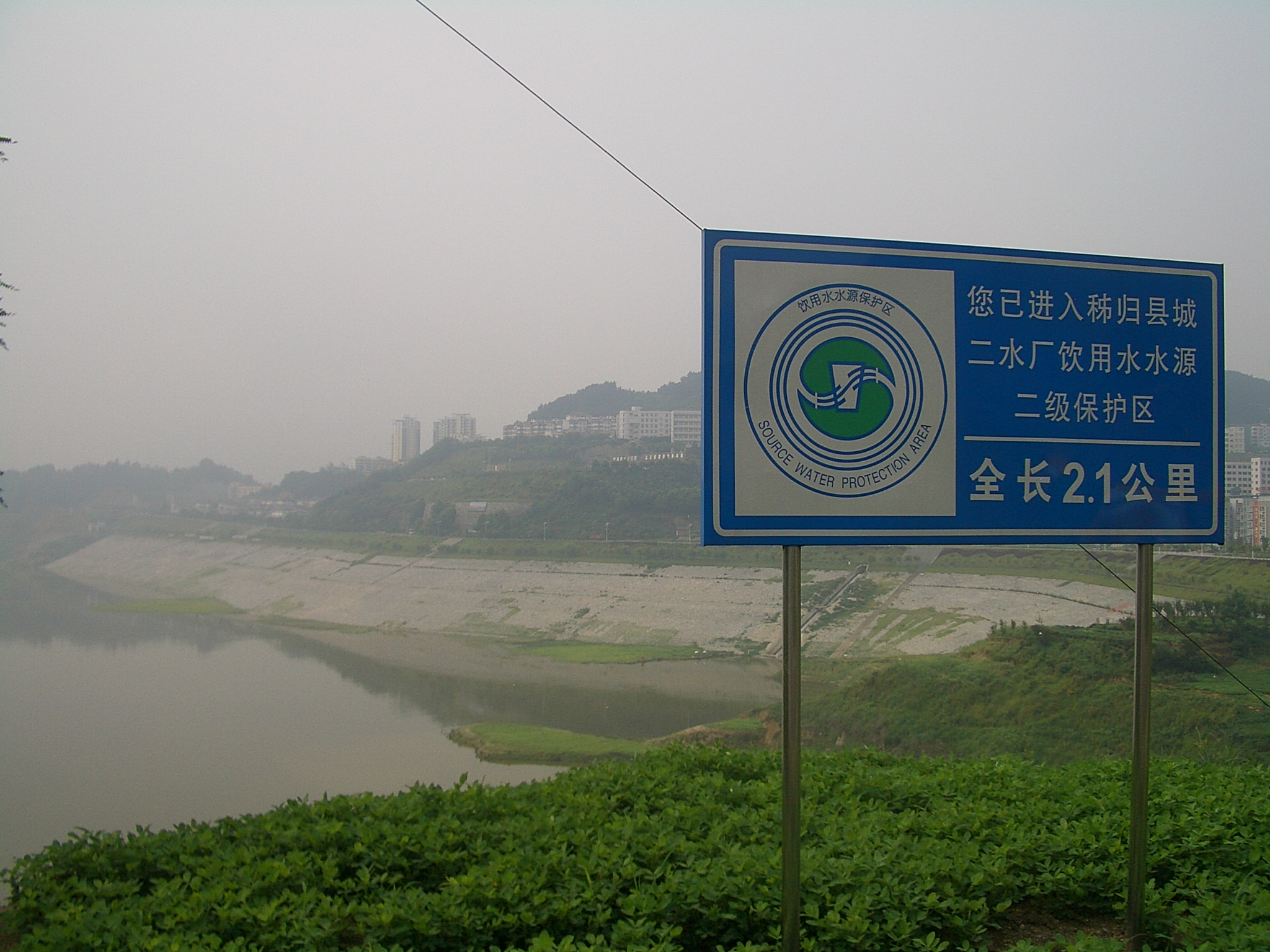Source water protection on:
[Wikipedia]
[Google]
[Amazon]
 Source Water Protection is a planning process conducted by local water utilities, as well as regional or national government agencies, to protect
Source Water Protection is a planning process conducted by local water utilities, as well as regional or national government agencies, to protect
Source water protection
- U.S. EPA Water supply Water pollution
drinking water
Drinking water is water that is used in drink or food preparation; potable water is water that is safe to be used as drinking water. The amount of drinking water required to maintain good health varies, and depends on physical activity level, a ...
sources from overuse and contamination. The process includes identification of water sources, assessment of known and potential threats of contamination, notification of the public, and steps to eliminate the contamination. The process is applicable to lakes, rivers and groundwater (aquifers).
Canada
Source water protection is part of amulti-barrier approach The Multi-barrier approach is a key paradigm for ensuring safe drinking water in jurisdictions such as Ontario, elsewhere in Canada, and New Zealand. It is defined as, An integrated system of procedures, processes and tools that collectively prevent ...
to protecting municipal sources of drinking water that was recommended by the Canadian Justice Dennis O'Connor in his Walkerton reports. This study was released in 2002 as a response to the Walkerton Tragedy
The Walkerton ''E. coli outbreak'' was the result of a contamination of the drinking water supply of Walkerton, Ontario, Canada, with '' E. coli'' and ''Campylobacter jejuni'' bacteria. The water supply was contaminated as a result of improper wa ...
, in which the town of Walkerton, Ontario's drinking water became contaminated with '' E. coli'' bacteria.
United States
TheSafe Drinking Water Act
The Safe Drinking Water Act (SDWA) is the principal federal law in the United States intended to ensure safe drinking water for the public. Pursuant to the act, the Environmental Protection Agency (EPA) is required to set standards for drinking wa ...
requires each state to delineate the boundaries of areas that public water systems use for their sources of drinking water—both surface and underground sources. The U.S. Environmental Protection Agency
The Environmental Protection Agency (EPA) is an Independent agencies of the United States government, independent executive agency of the United States federal government tasked with environmental protection matters. President Richard Nixon pro ...
(EPA) encourages states and local water utilities to conduct source water assessments and take steps to protect the sources. EPA provides some financial assistance to states and utilities to conduct source water planning, through the Drinking Water State Revolving Fund
The Safe Drinking Water Act (SDWA) is the principal federal law in the United States intended to ensure safe drinking water for the public. Pursuant to the act, the Environmental Protection Agency (EPA) is required to set standards for drinking ...
. Technical and financial assistance is also available through the agency's Water Infrastructure and Resiliency Finance Center.
See also
*Watershed management Watershed management is the study of the relevant characteristics of a watershed aimed at the sustainable distribution of its resources and the process of creating and implementing plans, programs and projects to sustain and enhance watershed fu ...
References
{{ReflistExternal links
Source water protection
- U.S. EPA Water supply Water pollution